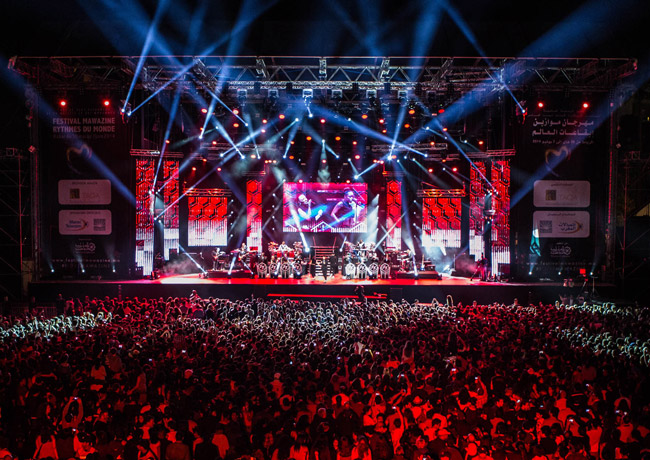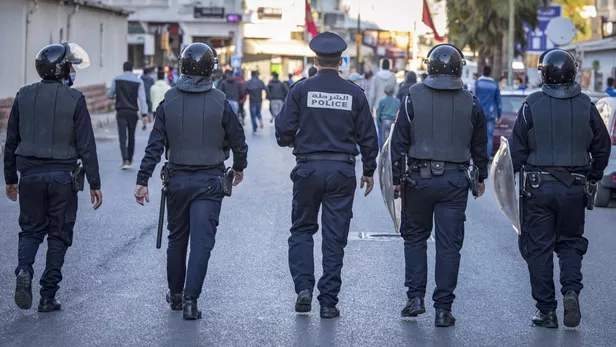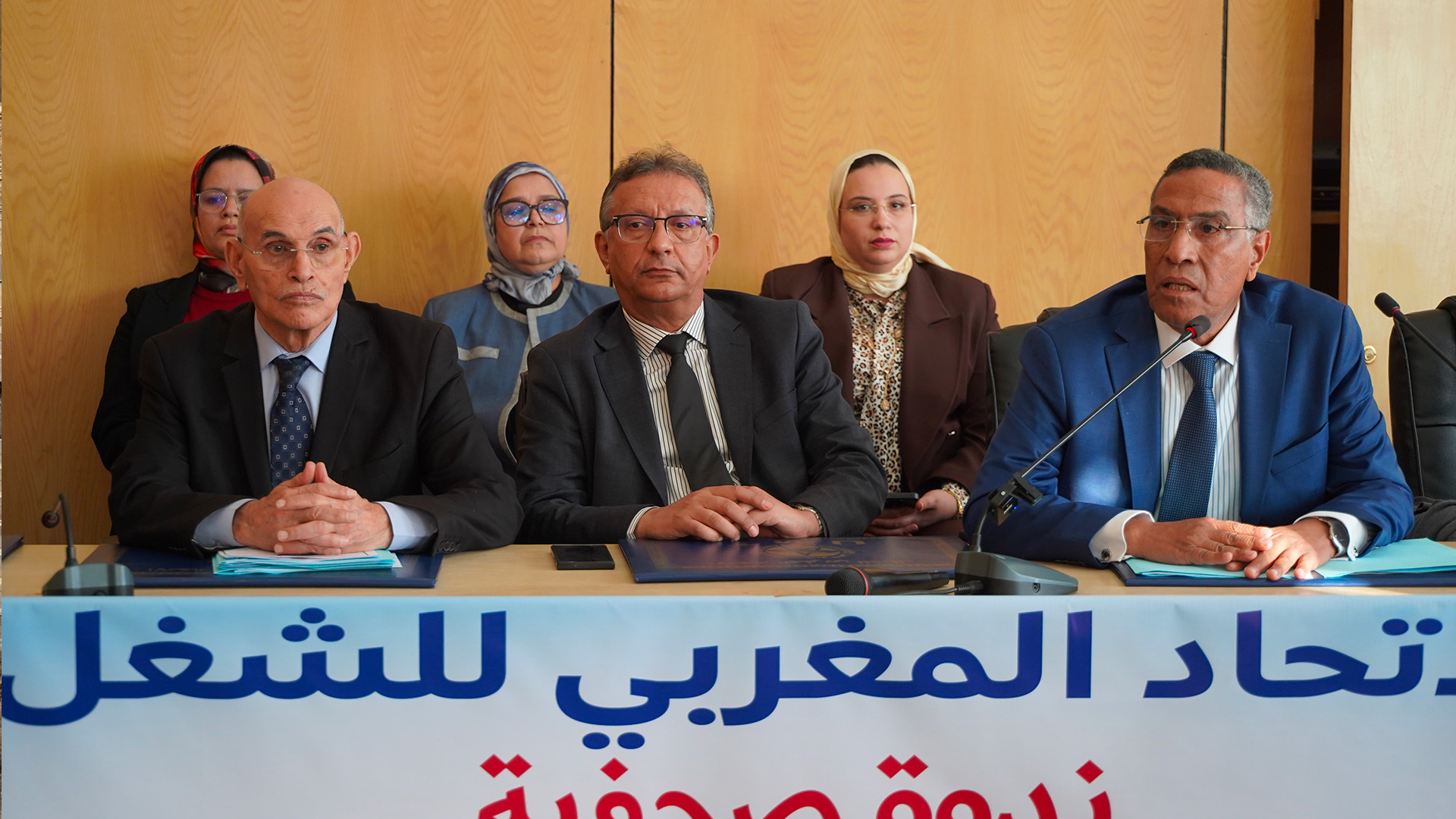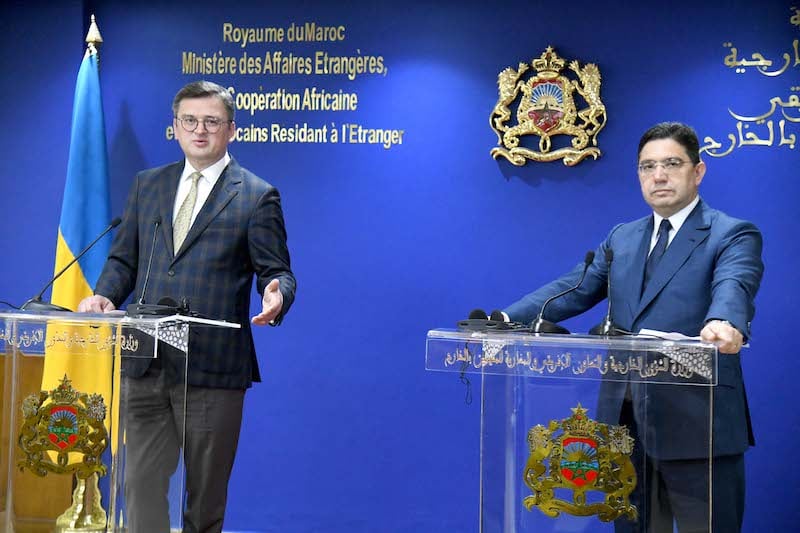The summer season kicked off in Morocco with a panoply of summer music festivals that offer different tastes of an authentic north African Kingdom open to the rest of the World.
In the capital of lights, Rabat, at least 2.5 million music lovers attended the concerts in 6 stages during nine days of the festival which drew this year world renowned stars.
Among the artists who enchanted fans in this year’s Mawazine edition, Kylie Minogue, Nicki Minaj, Metro Boomin, Calvin Harris, Camila Cabello and others.
The stage on the Bouregreg river remained faithful to hosting African rhythms, offering this year memorable performances by Yame, Ayra Star, Fatoumata Diawara, and Omah Lay among others.
Mawazine also confirmed its status as a magnet for Arab divas offering festival goers a chance to enjoy live their favorite singers including the Lebanese divas Carol Samaha, Nawal Zoghbi and Najwa Karam. One of the highlights of the festival was when Emirati siren Balqees shifted to Moroccan rhythms carrying the kingdom’s red and green flag while singing with a Moroccan band in the local language.
The event was also a chance to reconnect with Moroccan stars like Latifa Raafat, who drew tens of thousands to her concert, who never ceases to impress lovers of authentic Moroccan music.
As Mawazine was about to wrap up, the coastal Essaouira city was becoming bustling with visitors, who came from across Morocco and abroad to enjoy the Gnawa music style.
The three-day Gnawa festival in Essaouira, which ended on June 29, was a genuine fusion of African, Moroccan, and western influences by Gnawa masters, known as Maalem, much to the delight of lovers of this unique music style that is gaining in popularity worldwide.
About a two-hour drive from Essaouira, Agadir and its region was celebrating the Eid by honoring centuries-old Bilmawn or Bojloud tradition, which has evolved into a carnival embodying the Moroccan haloween.
Bilmawn went on for days in Agadir and adjacent Amazigh towns wherein young people dress in odd ways mostly using sheepskin, while others use more sophisticated make up.
They parade through the streets on the sounds of drums and flutes. While the celebration is spontaneous, the civil society in Agadir has made of the tradition an annual event bringing together groups from across the Souss region to parade through the main streets of Agadir.
The same city is currently hosting its flagship festival, Timitar, drawing both local and international singers and music bands.
Meanwhile, Marrakech is celebrating the national popular arts festival, offering visitors of the city a taste of the Kingdom’s colorful music styles.
In a North Africa beset with political instability, these cultural events reflect an image of stable Morocco wherein millions attend festivals and disperse in peace.
It also reflects the soft-power of the country as a bacon of stability with world-renowned organization capacity and efficient security apparatus.



